Published Jul 10, 2024
Kids in Charge: Star Trek: Prodigy's Fresh Approach to the Galaxy
Even though they're not yet in Starfleet, the Protostar crew rely on and support each other just as much as the crew of any other starship.
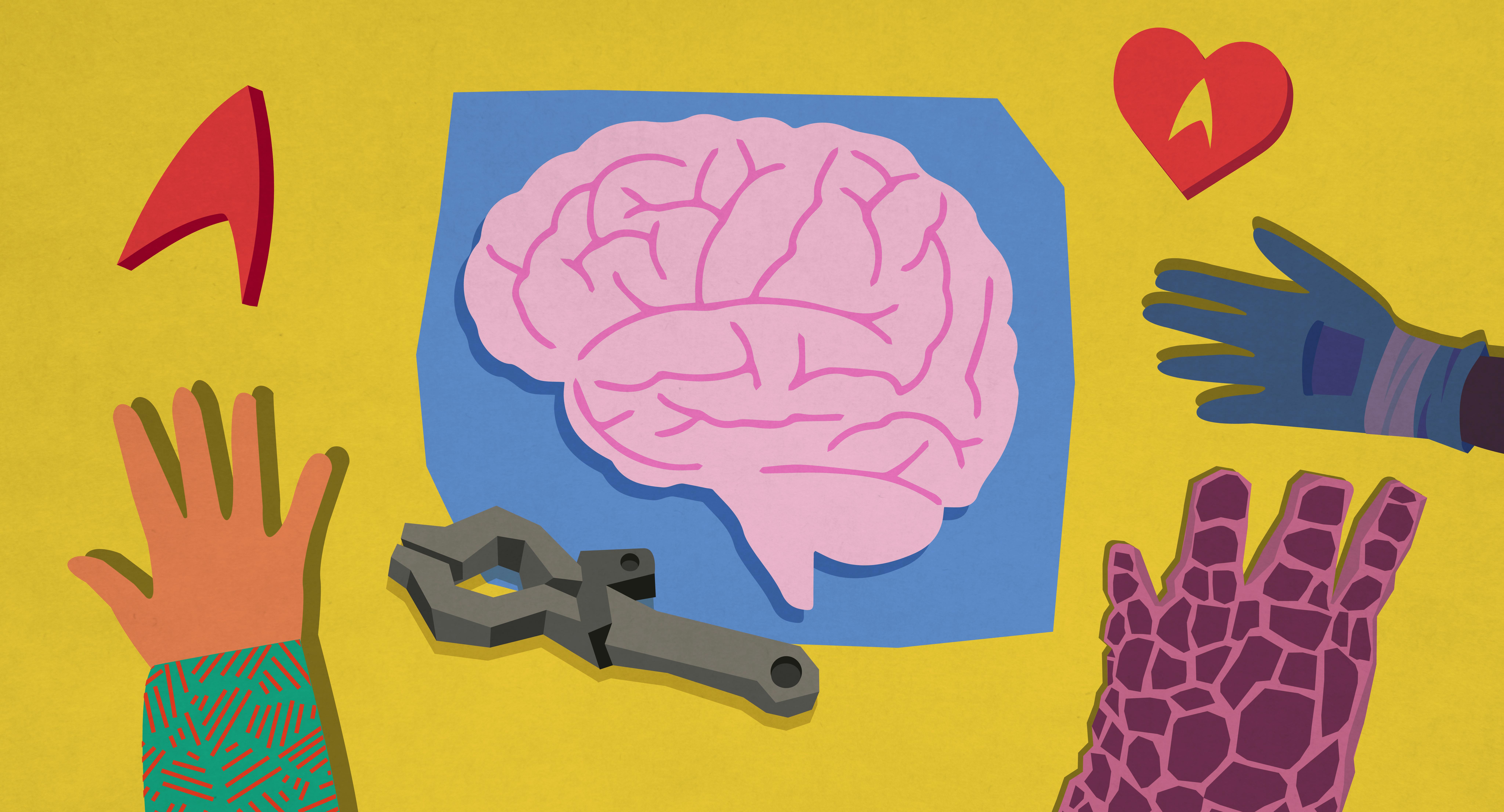
StarTrek.com
What makes completely different from any other Trek? The youngest characters get to make the biggest decisions. Fans of all ages have embraced this series because having a Star Trek show that centers and values young characters not only allows the telling of their stories, but it also suggests we can learn from the fearlessness, passion, and ingenuity of young people. While chaos often reigns in the free-form leadership space on the U.S.S. Protostar Bridge, in the end, their collaboration works.
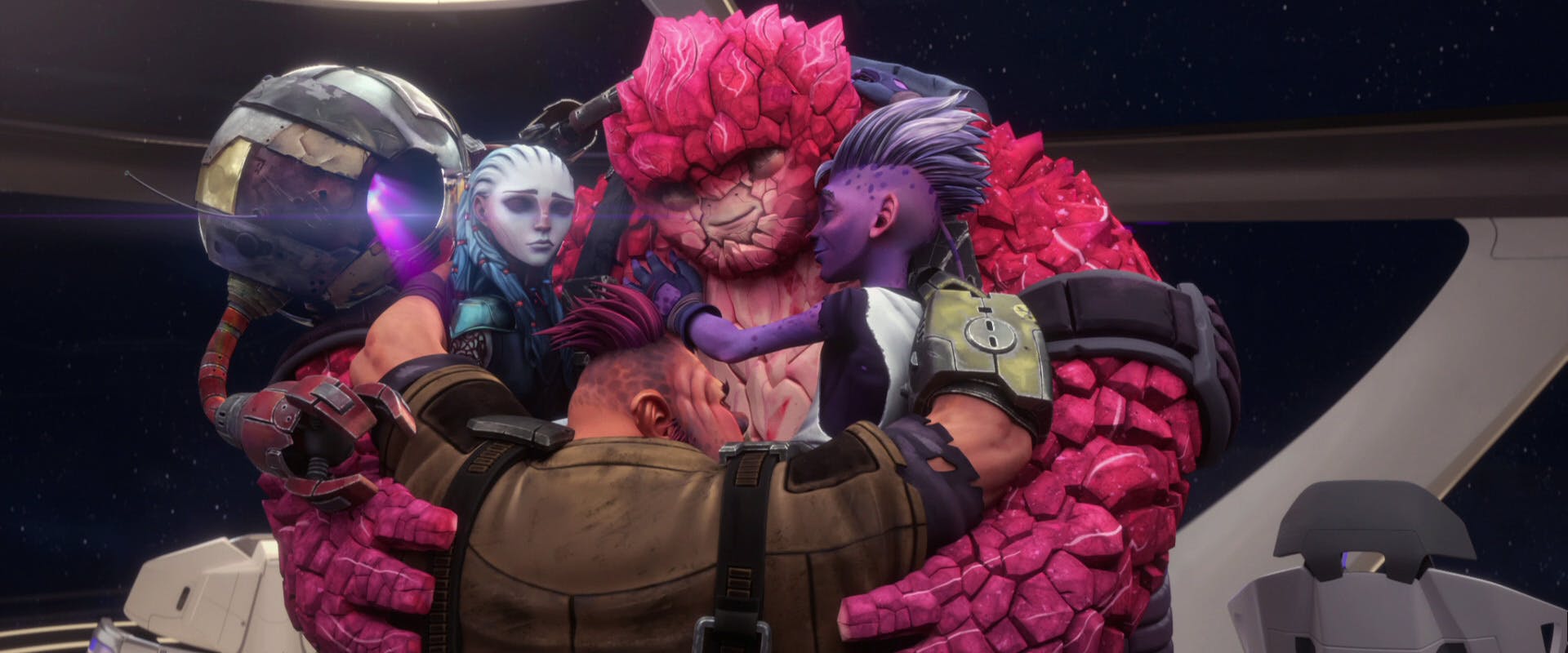
Friends make excellent family.
"Time Amok"
StarTrek.com
Of course, we've seen kids in other Star Trek shows, including Wesley Crusher on , Jake Sisko and Nog on , Naomi Wildman and Icheb on , and Adira Tal and Gray Tal on . However, we've never encountered a critical mass of decision-making young people until Star Trek: Prodigy. The smart characters on the U.S.S. Protostar solve problems in a fresh way informed by their youthful optimism — and sometimes fear or arrogance — that adults would never attempt.
While its focus on young characters makes this show unique, Star Trek: Prodigy does share the universal Trek concept of having one's interspecies crew become family. Even though Dal, Gwyndala, Jankom Pog, Rok-Tahk, and Zero are not yet in Starfleet, the Protostar crew rely on and support each other just as much as the crew of any other starship.
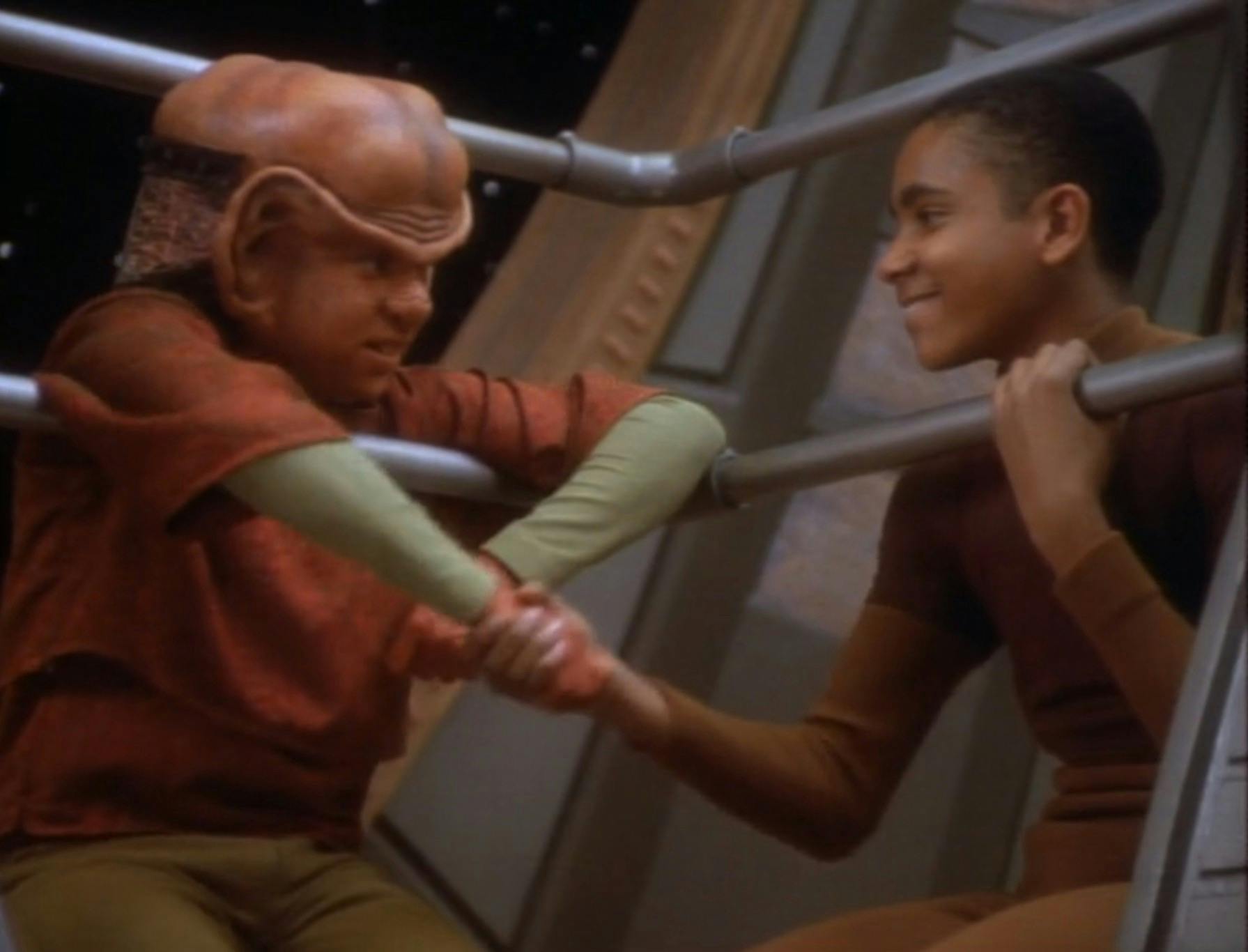
Interspecies friendships are the best.
"The Nagus"
StarTrek.com
On Star Trek: Deep Space Nine, Jake and Nog's friendship provides a preview of the interspecies connections among the crew in Star Trek: Prodigy. On DS9, Jake and Nog are best friends who take care of each other. These two get into good fun and dig themselves out of complicated problems with their combination of Ferengi business savvy and wisdom from The Sisko. However, unlike the Star Trek: Prodigy kids, Jake and Nog don't make the big decisions in this show focused on the .
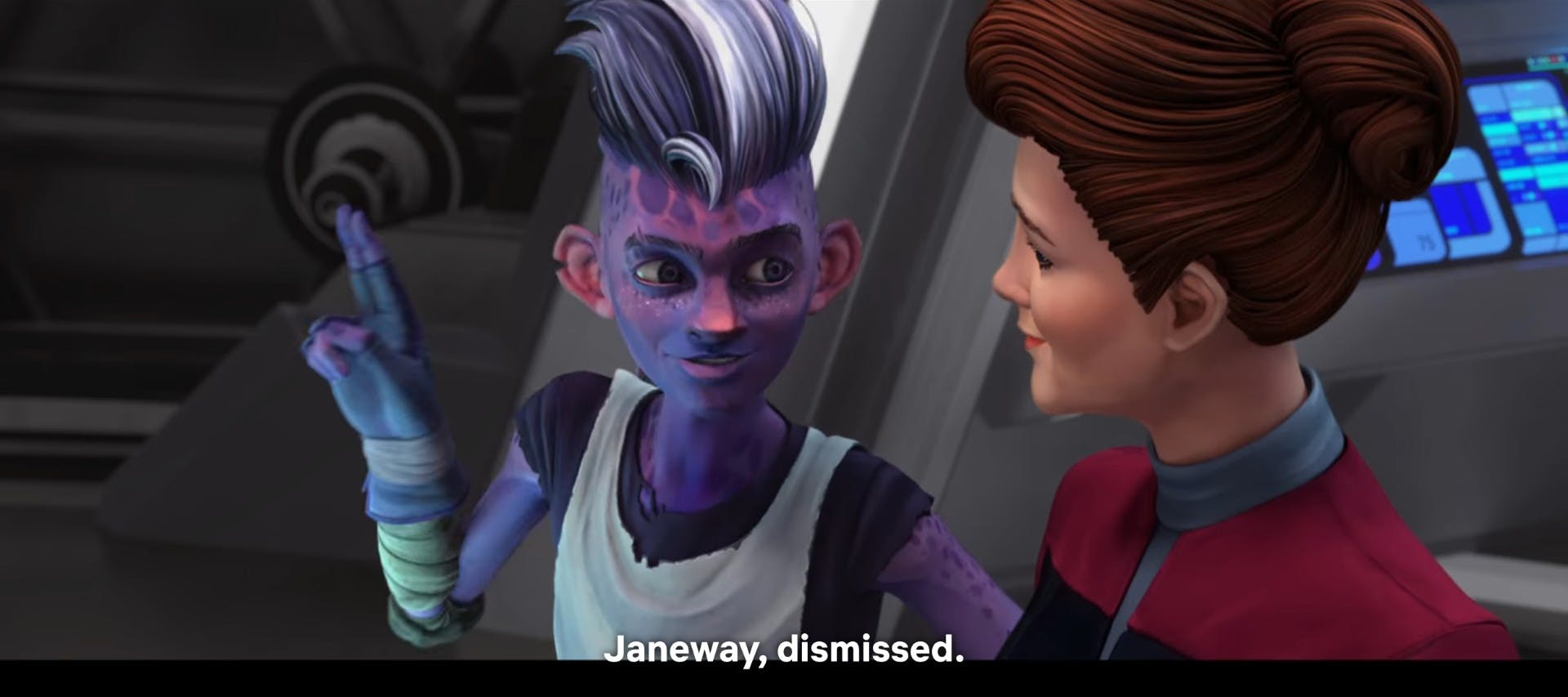
How many kids wish they could dismiss an annoying adult?
"Kobayashi"
StarTrek.com
In addition to supporting and connecting with each other like a generally functional family, the Star Trek: Prodigy kids take center stage in decision making while Emergency Training Hologram Janeway provides advice, if they choose to accept it. This dynamic makes Star Trek: Prodigy satisfying for anyone who is or remembers being an adolescent. The Protostar crew can dismiss Hologram Janeway when they're feeling overly confident or completely overwhelmed, a tactic perhaps some Earth-based kids wish they could deploy. "Janeway, dismissed!" says Dal as he prepares for his lengthy Kobayashi Maru holodeck experience after she had suggested it might be too challenging for him.
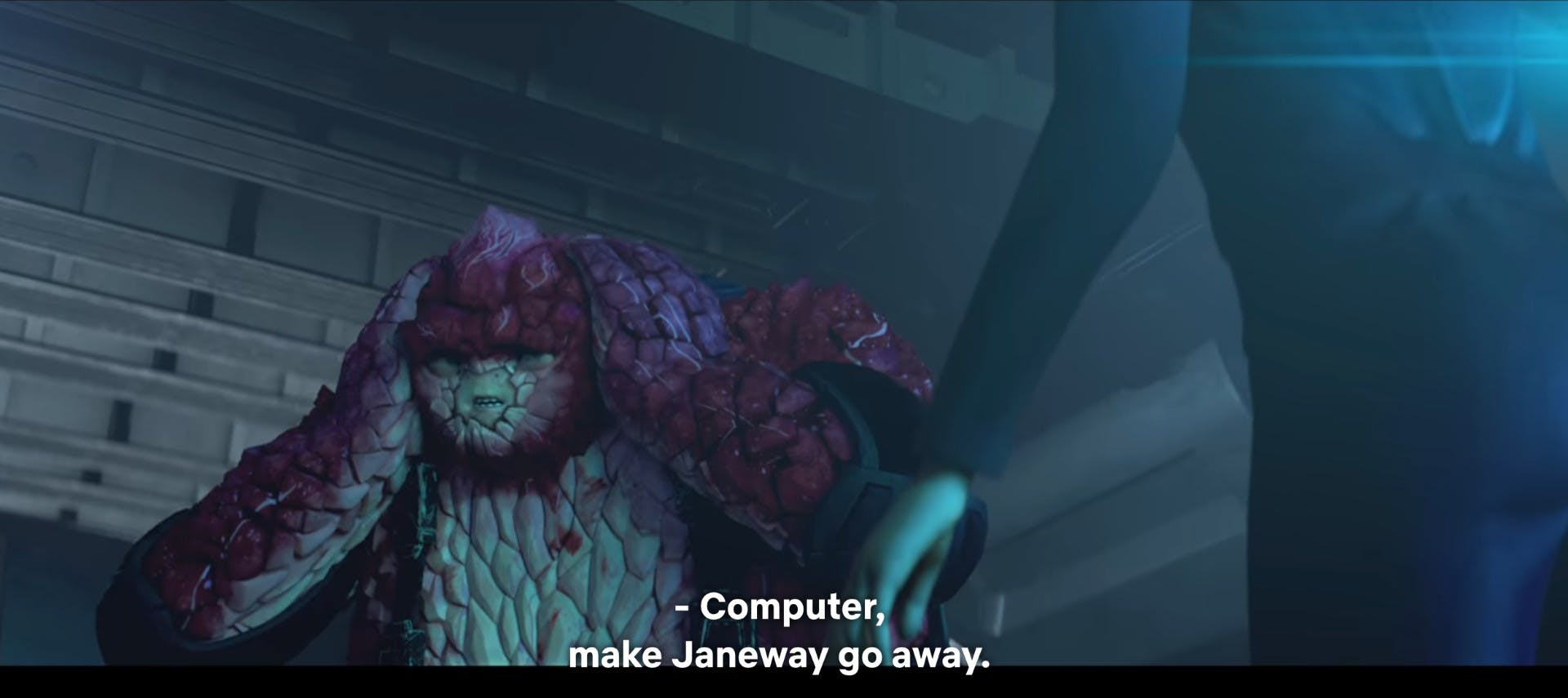
Rok-Tahk deactivates Hologram Janeway when she’s feeling overwhelmed.
"Time Amok"
StarTrek.com
"Computer! Make Janeway go away!" cries Rok-Tahk in the excellent science episode, "Time Amok." She's just a kid but she's being asked to build a warp matrix to save all her friends by keeping the U.S.S. Protostar from exploding. It's overwhelming! However, because she has almost all the time in the world and she's really smart, she's able to learn all the science in order to fix the problem and get her friends back, including Hologram Janeway.
In Ray Bradberry's chilling short story "The Veldt," human children use a holodeck program set in African lion territory with the safety settings off in order to have the computer neutralize their parents. That's not what the Protostar crew are doing to the adult-presenting hologram built into the ship. Being able to summon or dismiss Hologram Janeway as well as leave her behind on the Protostar helps the crew stumble through experiences that force them to grow and learn. Failure and "learn-by-doing" experience provides a key to wisdom and knowledge that would be less potent if they had to follow orders from some non-holographic Starfleet adult, like Admiral Kathryn Janeway or grumpy Dr. Noum.
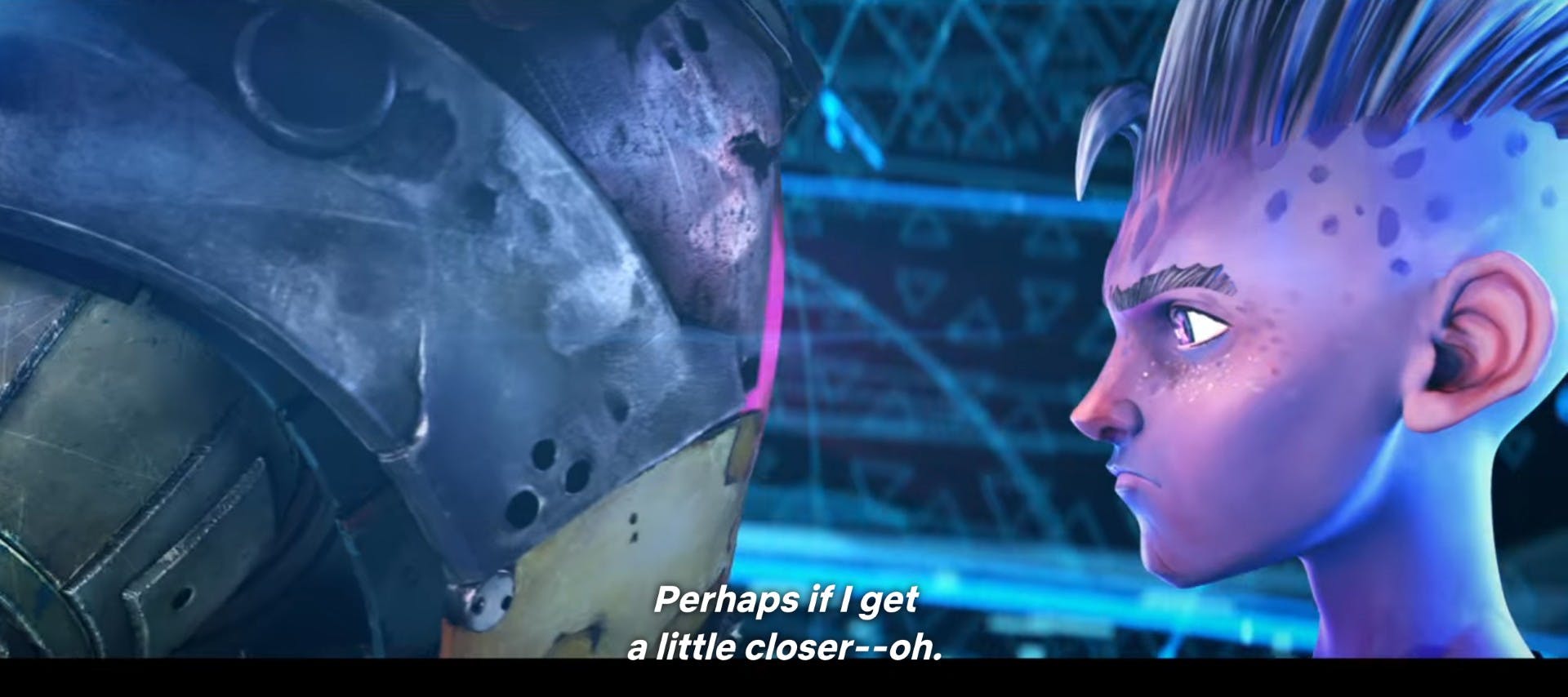
Zero reading Dal's angry mind.
"Starstruck"
StarTrek.com
If young people of all ages find themselves envious of the Protostar crew's ability to dismiss a holographic adult, Zero's application of their telepathic abilities with in-over-his-head Captain Dal provides adults with insight into the enigmatic mind of a kid in the midst of a brain growth spurt. How many parents wish there was a (safely ensconced in protective gear) who could let them know what their own Captain Kid was thinking?
Several Star Trek shows have created young characters willing to engage the Borg, including Star Trek: Voyager and Star Trek: Prodigy.
Consider Naomi Wildman on Voyager. Born on a starship stuck in the Delta Quadrant, Naomi —one of the youngest characters in the greater Star Trek universe — fearlessly befriends former Borg Seven of Nine. Both Naomi and Icheb (one of the Borg children Voyager rescues) provide opportunities for Seven to grow emotionally, although their characters primarily help to illuminate Seven's re-humanization, not their own internal development, as with the Protostar crew.
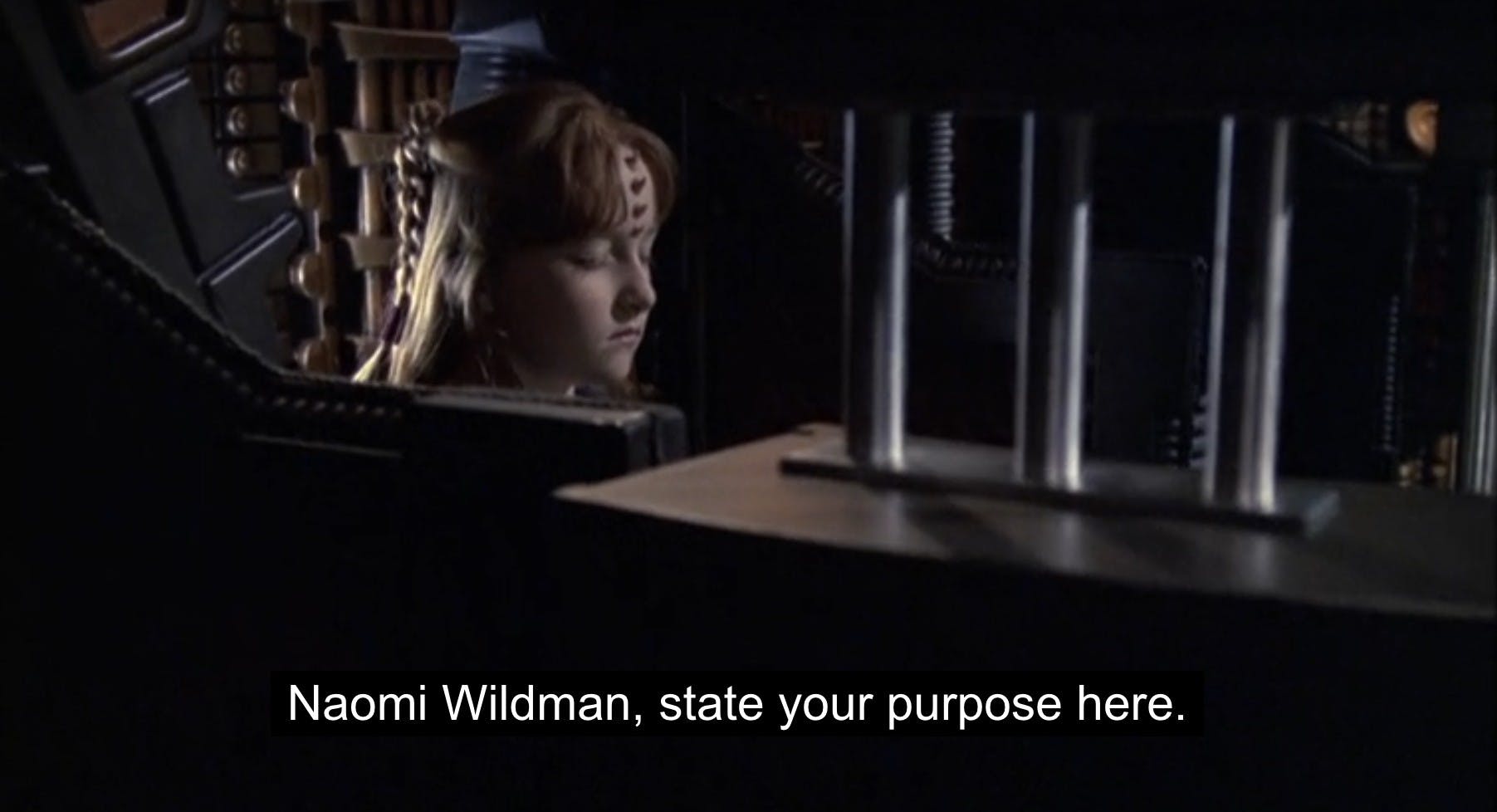
Naomi Wildman in Seven;s Borg regeneration alcove.
"The Voyager Conspiracy"
StarTrek.com
In "The Voyager Conspiracy," the episode opens with Naomi standing in Seven's regeneration alcove. She's just hanging out in the cargo bay, maybe pretending to be a Borg, and waiting for some kadis-kot game time with Seven. She isn't wary of Seven's Borg infrastructure because she hasn't yet learned to fear like adults do.
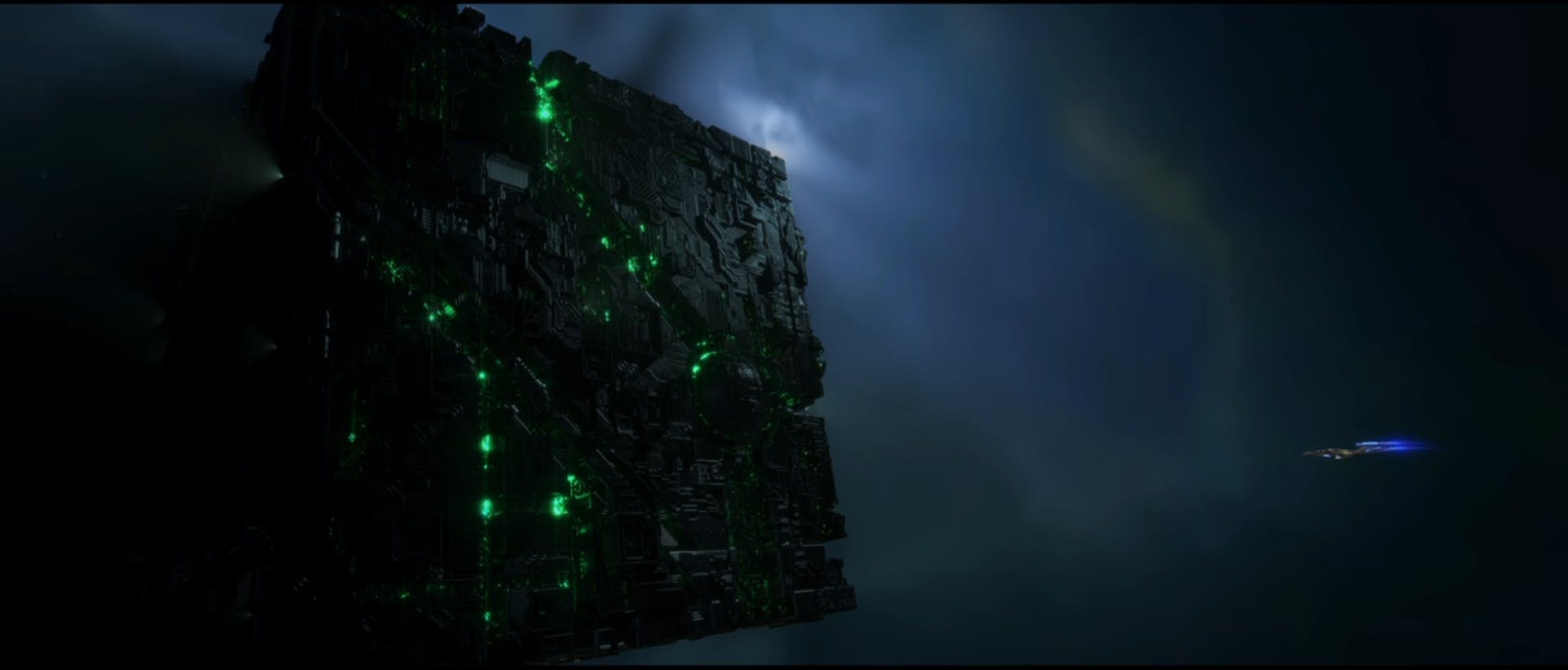
Big bad Borg cube, tiny little Protostar: let’s go check it out!
"Let Sleeping Borg Lie"
StarTrek.com
The Protostar crew are similarly brave when confronting the Borg in "Let Sleeping Borg Lie." When they see the Cube, adult-brain Hologram Janeway immediately urges the Protostar crew to retreat. Against her advice, the Protostar's crew decides to board a dormant Borg cube to discover more information on the Vau N'Akat Living Construct weapon from the future implanted within their ship. Only a group of confident kids would willingly visit the Borg to find some answers. Like Naomi, they haven't learned how to fear like adults do. In doing so, they get another clue to the Living Construct mystery that ultimately helps them save Starfleet.
At 17, Gwyn is one of the older members of this youthful crew and the only one with a parent in the show. Unfortunately for Gwyn and her crew, the mean and controlling Diviner and his killer robot Dreadnok chase after the Protostar for much of Season 1. Obviously, not the happiest of families! When given the chance to take the Protostar from our youthful heroes, The Diviner prioritizes securing the ship over saving his daughter from the class M Murder Planet. Gwyn is crushed.
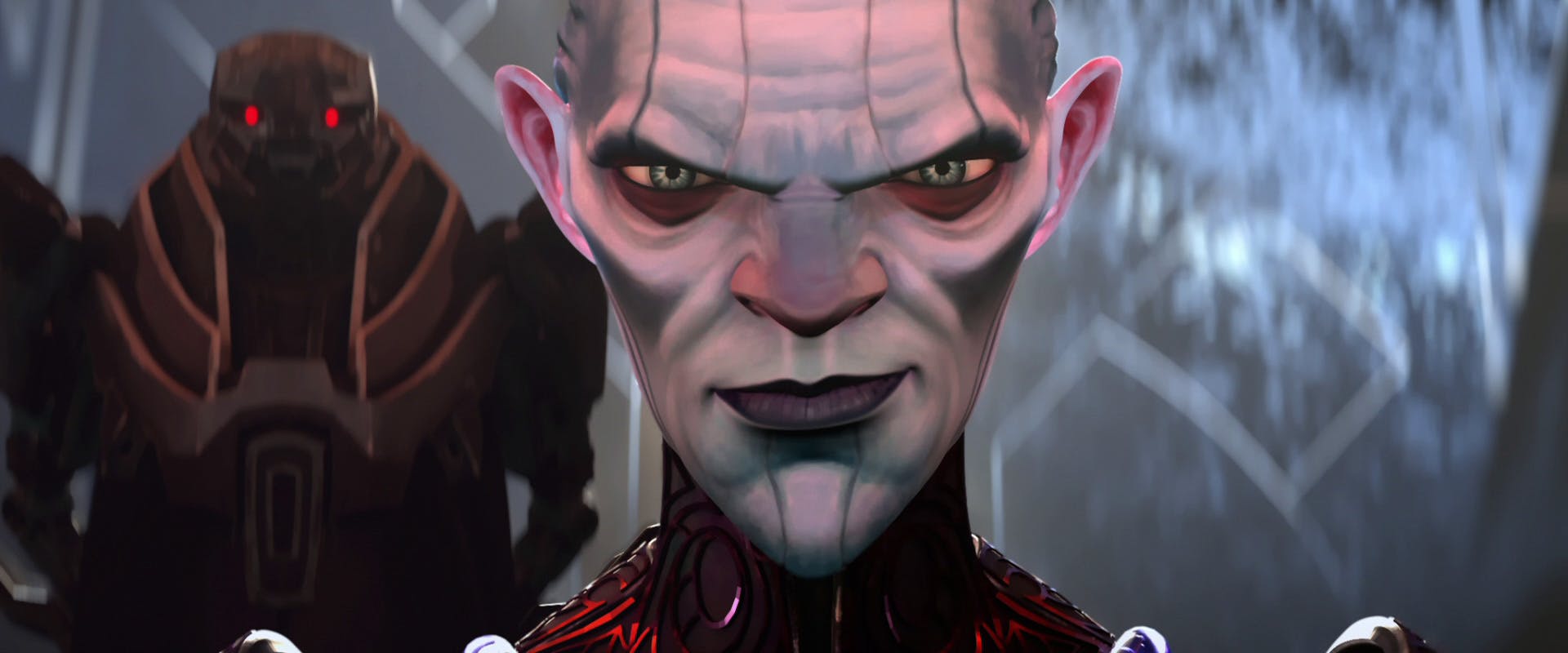
The Diviner taught Gwyn language and negotiation skills.
"A Moral Star, Part 1"
StarTrek.com
Once he experienced Zero's unrestrained traumatic energy on Tars Lamora, The Diviner's post-Zero recovery included a softening of his heart. He finally saw Gwyn as an important individual rather than just a cog in his revenge machine deployed against Starfleet. While fans were all rooting for The Diviner's comeuppance at the end of "," it's a testament to this show's writer’s room that, just nine episodes later, we mourn with Gwyn as her father dies in her arms.
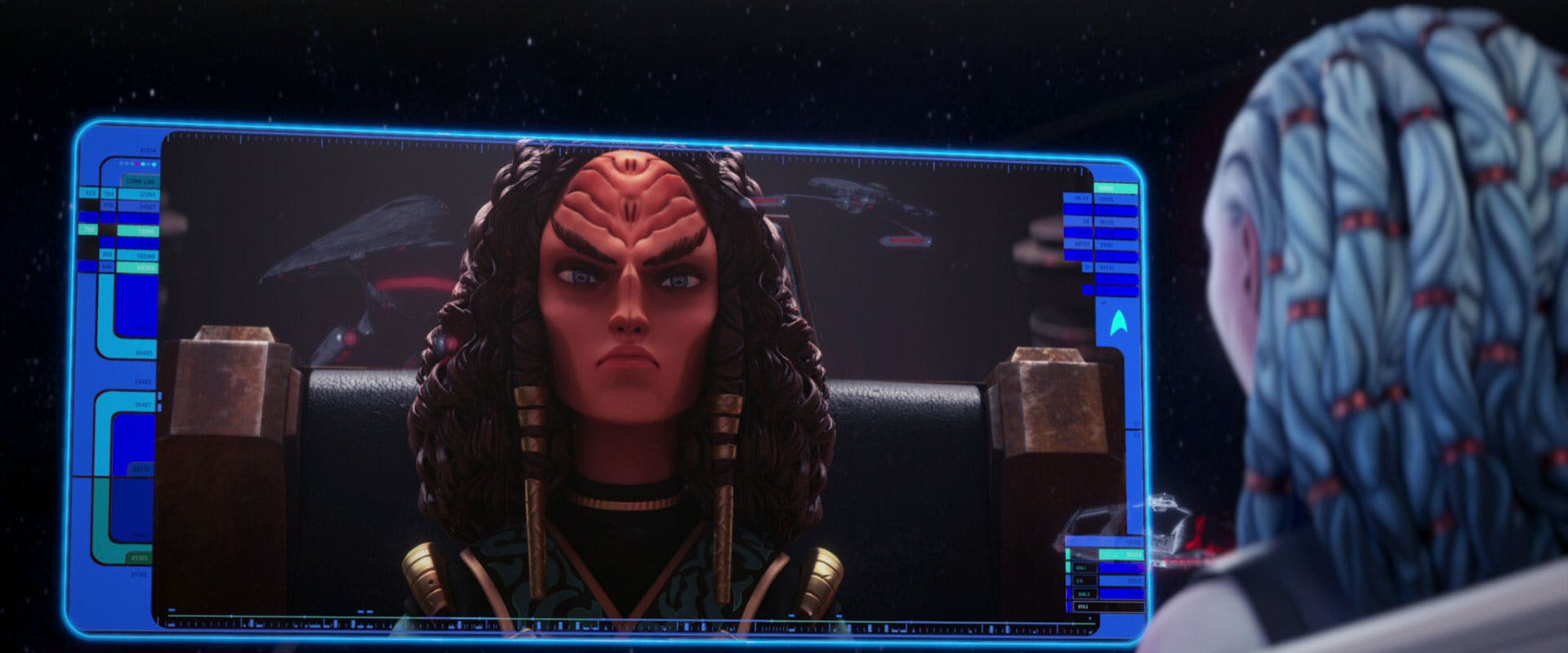
Gwyn negotiating with Klingon Captain Taij.
"Supernova, Part 2"
StarTrek.com
At the end of his life, The Diviner makes a type of apology to her and finally seems filled with love for his daughter. Just a few moments later, Gwyn uses diplomacy and language skills she learned from her father to save Starfleet. Despite all the challenges of growing up with an intimidating father on a chimerium-encrusted prison asteroid, polyglot Gwyn ultimately learned valuable skills from her father that helped save so many lives.
Like Gwyn and The Diviner, Adira Tal from Star Trek: Discovery and Wesley Crusher from Star Trek: The Next Generation also share the screen with and learn from father figures — Commander Paul Stamets and Dr. Hugh Culber for Adira and Gray, and Captain Jean-Luc Picard for Wesley. Adira and Wesley are both brilliant young people inside of Starfleet who have genius-level skills in engineering as well as standard adolescent awkwardness in social situations, like many young people.
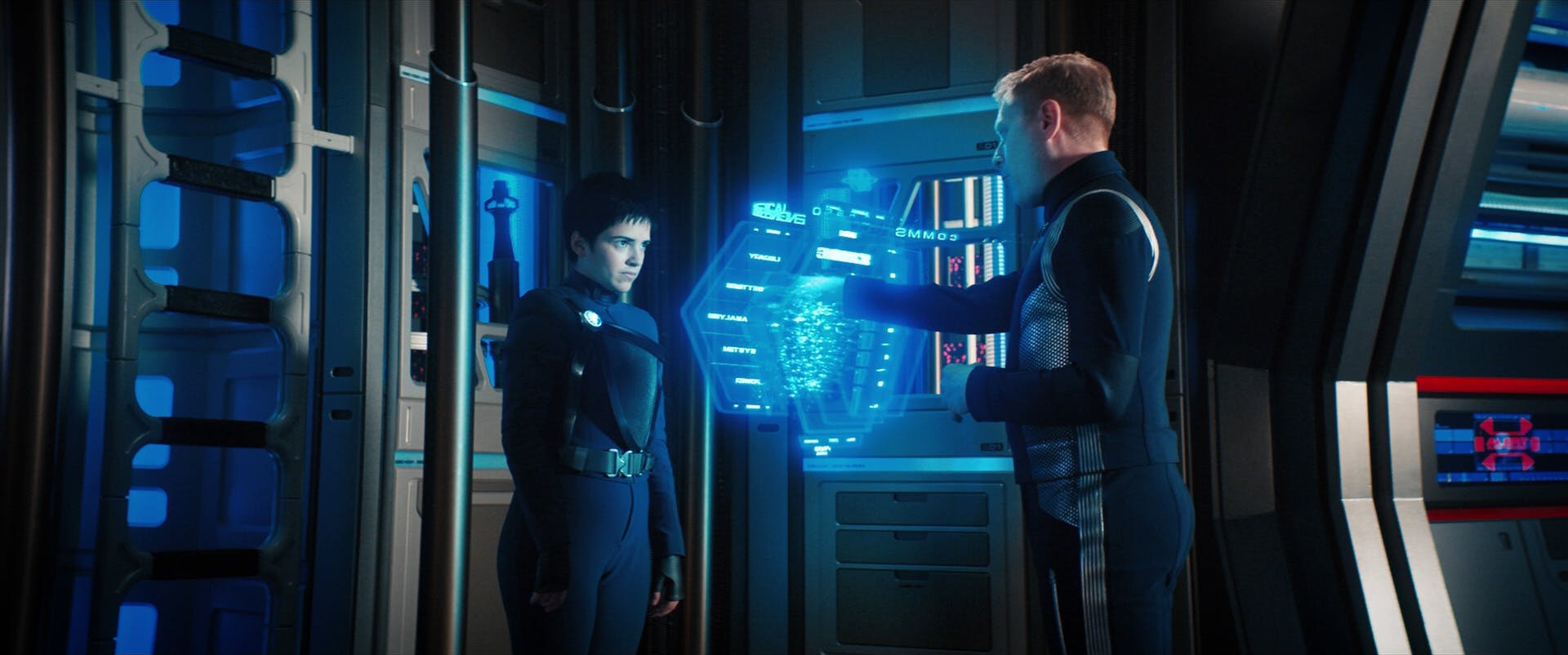
Commander Paul Stamets has his first "dad moment" with Adira Tal.
"People of Earth"
StarTrek.com
Unlike Gwyn and the Diviner, Adira's relationship with Culber and Stamets on Discovery is filled with love and support from the beginning. Commander Stamets actually has his first "dad moment" the very first time he meets Adira and begins to explain his beloved spore drive system. You can actually see Anthony Rapp's famously cantankerous Stamets turn into an absolute creampuff while confronting super smart Adira about the sabotage and the science.
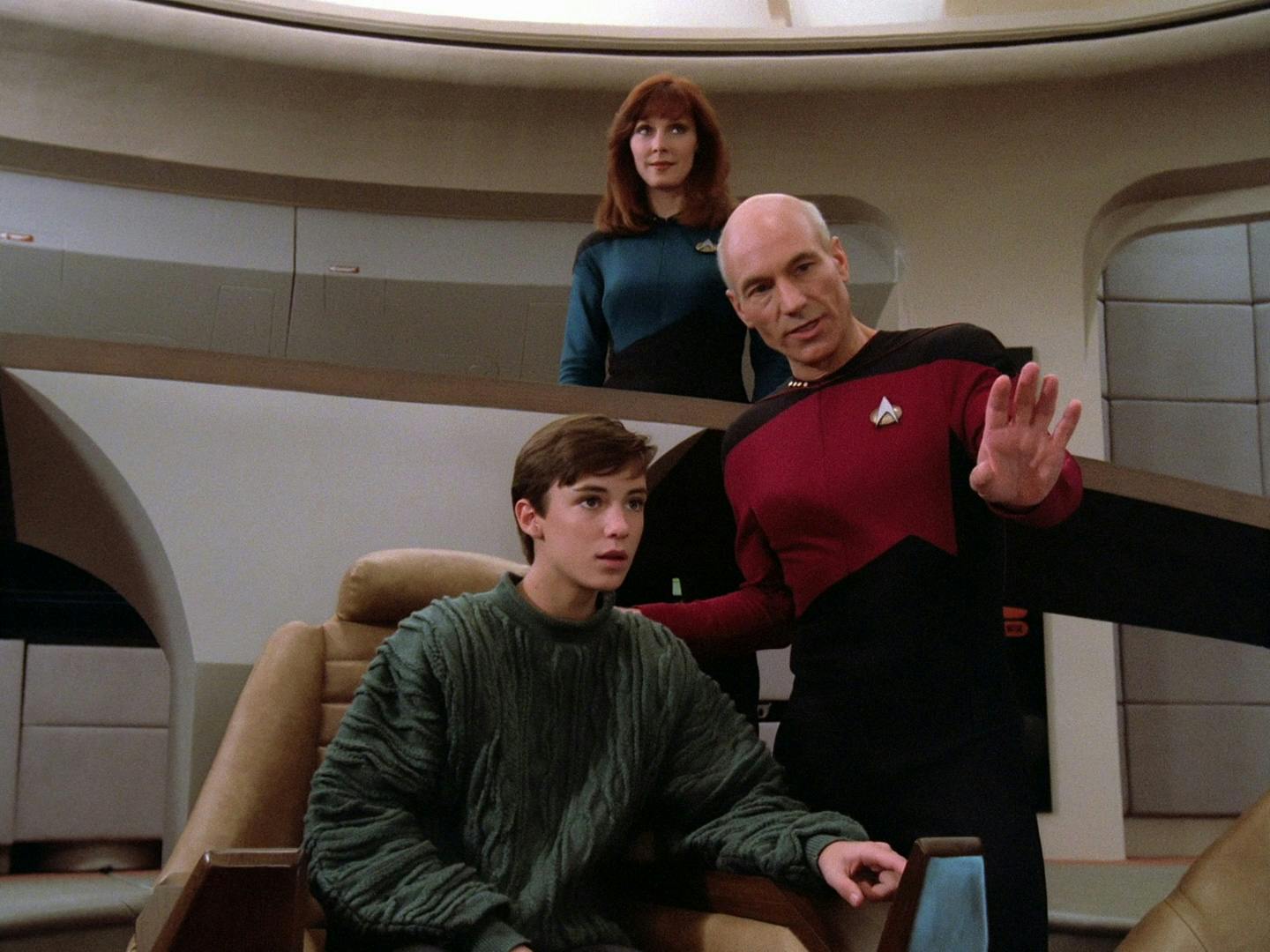
Captain Picard shows Wesley Crusher the captain's chair.
"Encounter at Farpoint"
StarTrek.com
Gwyn's relationship with her intimidating father who finally has a change of heart more closely resembles Wesley's relationship with the reserved, but kind-hearted, Captain Picard on The Next Generation. Like The Diviner, early season Picard did not appear to like children or, at least, he was indifferent to them as important factors on his ship. Despite Picard's oft-repeated claim that he doesn't feel comfortable around children, he finally loosened up and developed a surrogate father relationship with Beverly and Jack Crusher's son focused on Starfleet and duty.
Star Trek: Prodigy has captured the hearts of so many new and long-time fans in part because we all remember the challenge of surviving adolescence. The episode "" even has a hilarious "simulation" of Dal going through a type of puberty on genetic overdrive. Everyone remembers what it was like to stumble through the experience of being an awkward young person, maybe wanting to fit in, and working hard at trying to figure out who we were and who we wanted to become.
Thanks to the hard work of the creative Star Trek: Prodigy team, fans laugh at the crew's youthful hijinks while, at the same time, we learn how to go boldly forward with the kids in charge.





